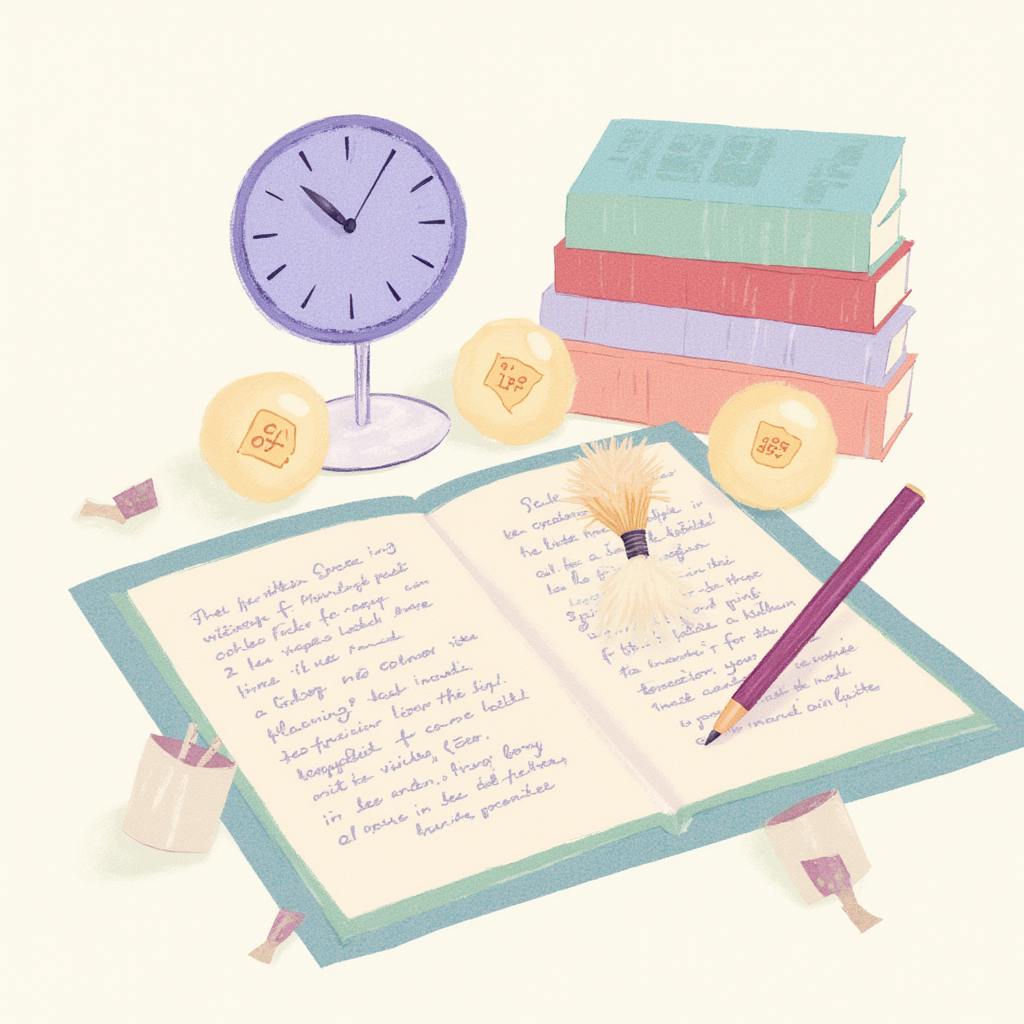Flash fiction, a storytelling form typically characterized by its brevity, can be a remarkable way to hone your writing skills. But how do you write flash fiction that grabs attention? Engaging readers quickly and leaving a lasting impact requires precision, creativity, and an understanding of the essentials. Let’s delve into the art of crafting captivating flash fiction by exploring the who, what, when, where, why, and how of this genre.
Who Reads and Writes Flash Fiction?
Flash fiction attracts both readers and writers who appreciate brevity and powerful storytelling. Readers love the quick thrill of a well-told story without investing a considerable amount of time, making it ideal for modern audiences with hectic schedules. Writers, from novices to seasoned authors, find flash fiction a delightful challenge, as it serves as a fantastic exercise in experimenting with narrative techniques and distilling complex ideas into concise formats.
What is Flash Fiction?
Flash fiction is a short story under 1,000 words, often even fewer. Despite its brief nature, it packs a punch, offering character development, conflict, and resolution within its limited word count. Unlike longer forms, flash fiction requires the writer to convey emotion, detail, and insight succinctly. This genre spans various themes and styles, making it a versatile platform for creative exploration.
When Should You Write Flash Fiction?
Flash fiction is a perfect choice when you aim to improve your editing skills, develop new story ideas, or participate in literary competitions with word count limits. Pursuing flash fiction also works well when you're short on time but still want to practice writing. Writers who submit regularly to best flash fiction magazines, such as [insert name], often find that their concise writing skills improve their longer prose forms as well.
Where Do You Publish Flash Fiction?
Once you perfect your story, consider submitting it to esteemed flash fiction markets. A wealth of flash fiction literary journals and publications, such as [insert names], eagerly seek fresh, evocative narratives. Publications like these offer an opportunity to gain exposure and potentially earn a publishing credit. Engage with flash fiction literary magazines and their respective editors to understand the type of content they seek and how your work might fit in.
Why Write Flash Fiction?
Writing flash fiction helps sharpen your storytelling prowess, as it requires you to make every word count. Crafting these compact tales encourages creativity and teaches you to eliminate unnecessary elements. Furthermore, flash fiction provides an excellent outlet for experimenting with styles, voices, and themes that might seem daunting in longer formats. Success in this arena can lead to a stronger sense of accomplishment and motivation to continue writing.

AI made with Dean Jones
How to Write Flash Fiction
1. Start with a Hook:
Capture your reader's attention from the opening sentence with an intriguing premise or a vivid image.
2. Focus on a Single Moment:
Instead of sprawling narratives, choose a decisive moment or emotion to explore. This focus helps convey a potent message without diluting it.
3. Develop Strong Characters Quickly:
Establish your character’s motivations and stakes with subtle detail so readers feel invested despite the brevity.
4. Use Economical Language:
Select words with precision, ensuring every sentence serves a purpose in advancing plot, character, or theme.
5. Employ a Solid Structure:
Even with limited words, ensure your story has a clear beginning, middle, and end. Consider the climax and resolution, no matter how brief.
6. Revise Relentlessly:
Edit ruthlessly to cut extraneous details and enhance the impact of each word. Consider feedback from peers or writing groups.
Real-Life Example: The Rise of SmokeLong Quarterly
One of the most influential platforms for flash fiction is SmokeLong Quarterly, an online literary magazine that has championed the form since 2003. Named after the brief time it supposedly takes to smoke a cigarette, each story published is under 1,000 words—offering readers a quick, yet powerful literary experience.
SmokeLong has helped launch the careers of many writers, including Kathy Fish, a widely respected voice in the flash fiction community. Her story “Collective Nouns for Humans in the Wild,” originally published on the site, went viral for its poignant commentary on mass shootings in America. Despite being under 300 words, it has been shared widely across social media and reprinted in anthologies and classrooms.
This case shows how flash fiction—though small in word count—can make a major cultural impact. It also demonstrates how writers can gain visibility through well-curated literary magazines dedicated to the form.
FAQ: How to Write Flash Fiction
What are the key elements of great flash fiction?
To write powerful flash fiction, keep it focused and punchy.
- A Clear Plot: Stick to one central idea or moment. There’s no space for side stories. Include some form of conflict and resolution, even if subtle.
- Strong Characters: Use a few sharp details to show who your characters are. One unique trait or bit of dialogue can say a lot.
- Bold Start and Finish: Grab attention from the first sentence. End with impact—something thought-provoking or unexpected.
- Emotion and Theme: Flash fiction should still say something meaningful. Aim for a feeling or insight that sticks with the reader.
How can I improve my flash fiction writing?
- Practice Often: Write flash pieces regularly to sharpen your skills.
- Read a Lot: Study different styles and genres of flash fiction to see what works.
- Play with Structure: Try non-linear stories or different formats to see what fits your voice.
- Cut the Clutter: Edit carefully. Trim extra words to keep your story tight and clear.
- Get Feedback: Share your work with others and revise based on helpful critique.

AI made with Dean Jones
What makes flash fiction stand out from the crowd?
- Start with a Sharp Idea: Focus on one strong concept that fits the short format.
- Use Vivid Language: Sensory details help readers connect quickly.
- Stick to One Emotion: Make readers feel something specific—sadness, joy, surprise.
- Be Original: Play with voice, word choice, or structure to make your story memorable.
- Add a Twist: A clever or emotional turn at the end can leave a lasting impression.
How do I get more readers for my flash fiction?
- Know Your Audience: Think about who you're writing for and what they enjoy.
- Choose a Great Title: A catchy, curious title will draw people in.
- Share Your Work: Post on flash fiction sites or submit to contests and journals.
- Join Communities: Writing prompts and challenges help grow your audience and improve your skills.
- Watch the Trends: Stay aware of popular themes or formats and try your own spin on them.
Conclusion
Flash fiction offers a dynamic and rewarding storytelling challenge. By understanding its unique aspects through the who, what, when, where, why, and how framework, you can masterfully craft stories that resonate with readers. Remember, writing flash fiction that grabs attention is about creating a vivid experience in a small space—an exercise in creativity and precision that can significantly influence your writing journey. Whether you seek publication in the burgeoning flash fiction markets or aim to strengthen your writing abilities, flash fiction is a pursuit worth exploring.

